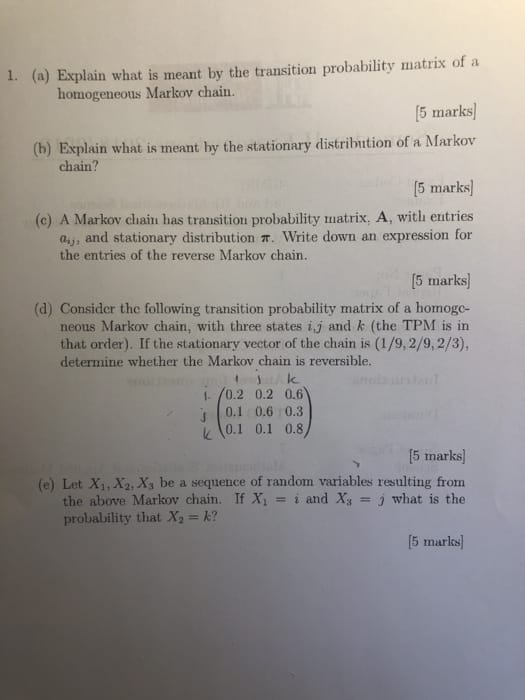Question
9. Which of the following is true about the difference between bivariate regression and multiple regression analysis? Select one: a. Multiple regression analysis involves multiple
9. Which of the following is true about the difference between bivariate regression and multiple regression analysis?
Select one:
a. Multiple regression analysis involves multiple predictor variables that predict a single outcome (criterion) variable, whereas bivariate regression analysis involves a single predictor variable that predicts a single outcome (criterion) variable.
b. Multiple regression analysis involves multiple predictor variables that predict multiple outcome (criterion) variables, whereas bivariate regression analysis involves a single predictor variable that predicts multiple outcome (criterion) variables.
c. Multiple regression analysis involves a single predictor variable that predicts a single outcome (criterion) variable, whereas bivariate regression analysis involves multiple predictor variables that predict a single outcome (criterion) variable.
d. Multiple regression analysis involves a single predictor variable that predicts multiple outcome (criterion) variables, whereas bivariate regression analysis involves multiple predictor variables that predict a single outcome (criterion) variable.



Step by Step Solution
There are 3 Steps involved in it
Step: 1

Get Instant Access to Expert-Tailored Solutions
See step-by-step solutions with expert insights and AI powered tools for academic success
Step: 2

Step: 3

Ace Your Homework with AI
Get the answers you need in no time with our AI-driven, step-by-step assistance
Get Started


